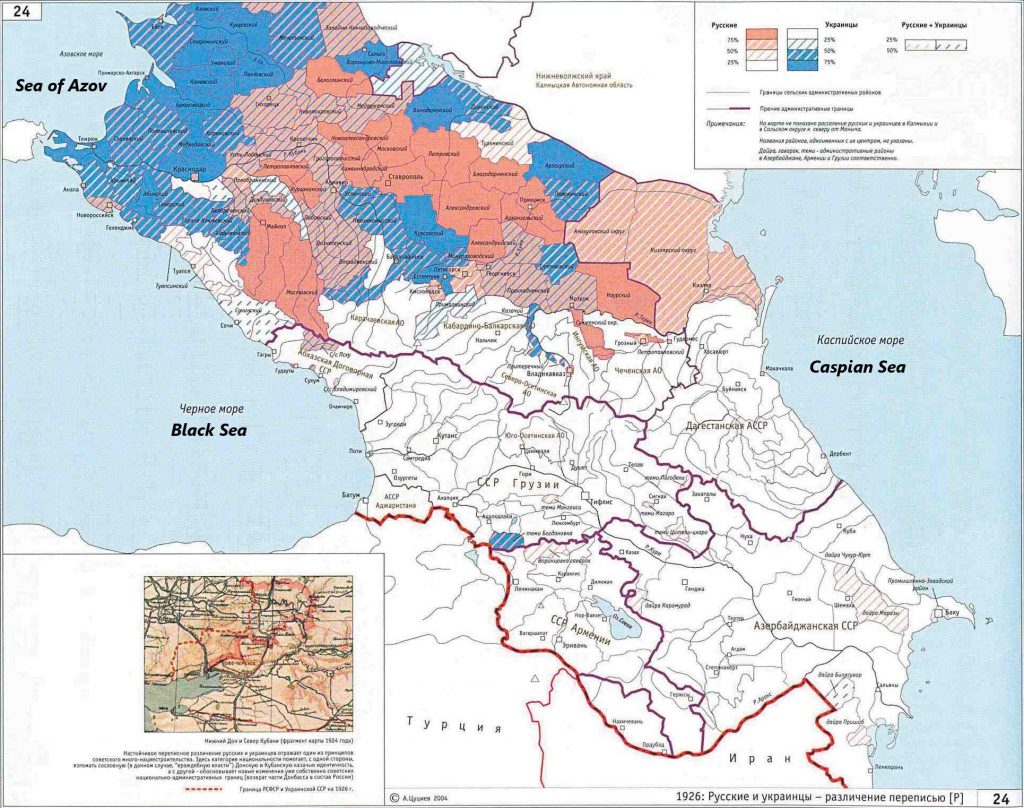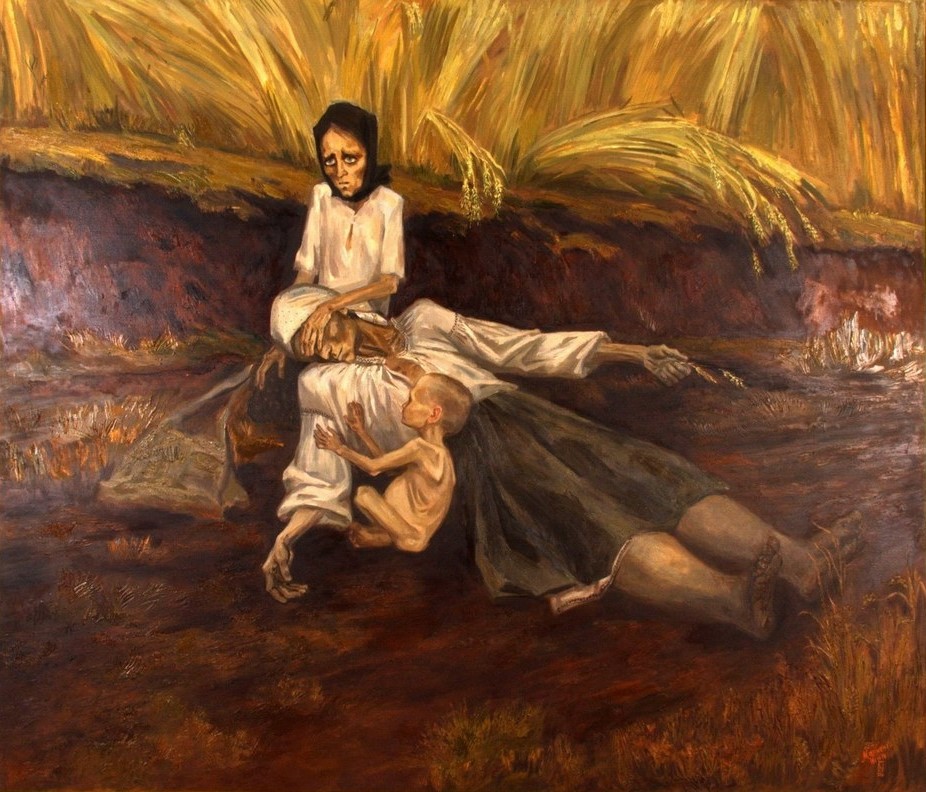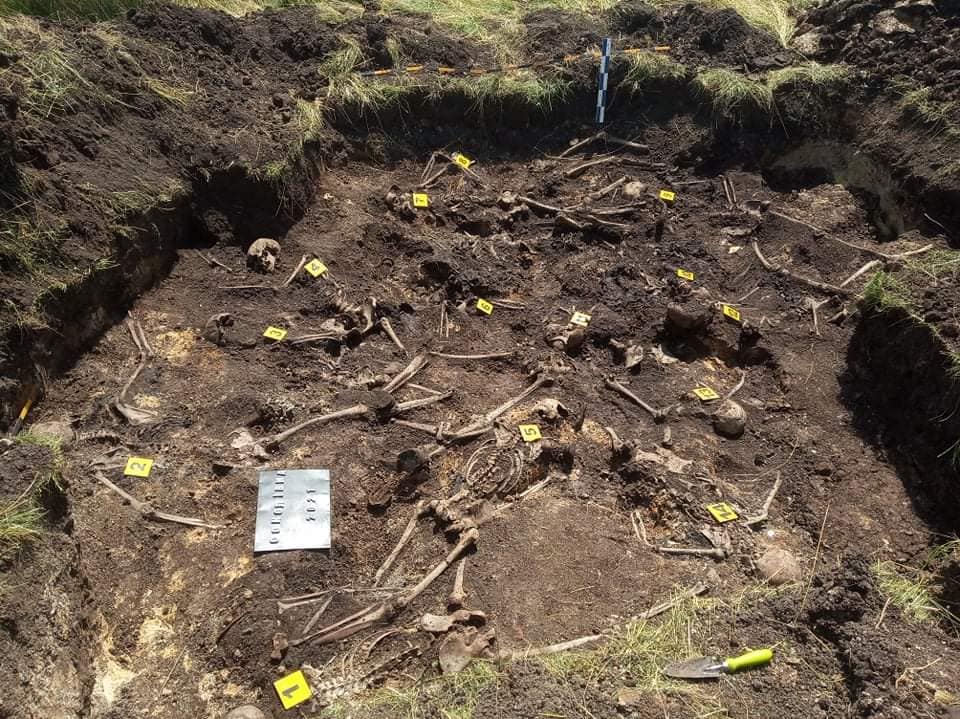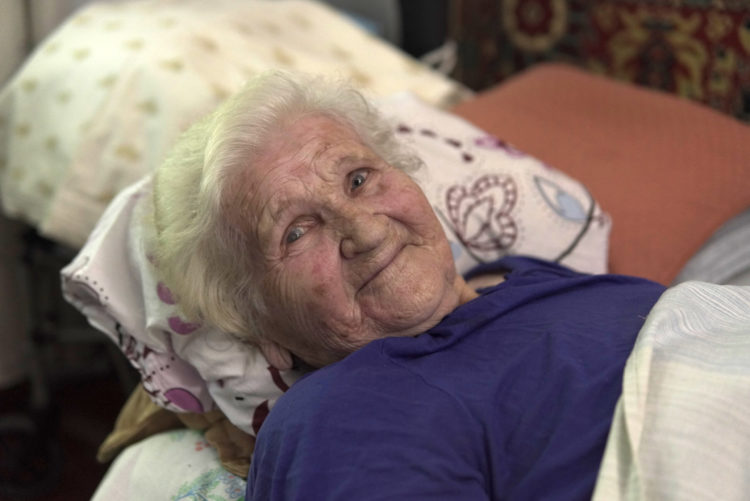Apologists for Stalin and the Soviet system to this day insist that the Holodomor cannot be called a genocide because approximately three million people died during the course of it in the Russian Federation. But they ignore the fact that a large share of these were ethnic Ukrainians, Dmitro Shukhalo says.
Census data and the decrees of the Soviet government show that Stalin used the terror famine not only to destroy the peasantry and weaken the Ukrainian nation in Ukraine but also to destroy the large Ukrainian populations in the Russian Soviet Federative Socialist Republic (RSFSR)
and especially in the most Ukrainian “Russian” region of all, the Kuban.
In 1926, there were 915,400 Ukrainians in the Kuban, 62.2 percent of the population of that region; but by the 1939 census, only 149,800 (4.7 percent) remained. Similar if slightly less catastrophic declines in the Ukrainian share of the population occurred in other Russian regions.

For the RSFSR as a whole between these two official censuses, the number and percentage of Ukrainians declined from 7.9 million (7.8 percent) to 3.4 million (3.1 percent), figures that account for most if not all of premature deaths in that republic and exiling from it as a result of the terror famine that was carried out as part of collectivization.
Shukhalo, a Radio Liberty journalist, cites the work of Andrea Graziosi, an Italian historian and the author of Stalinism, collectivization and the Great Famine
(Cambridge, 2009) to argue that “Stalin, earlier than the nationalists came to the conclusion that in Ukrainian lands, the peasant question was inextricably connected with the nationality one.”
“Where the peasant question was complicated by the nationality one, making it still sharper and consequently more dangerous,” Graziosi writes, “there, the use of hunger as a means of punishment was much more severe” – and the deaths of the population were far more numerous.
Decrees signed by Stalin and Molotov in December 1932 (№226 and Attachment №10 to Decree №126) show that this pattern was no accident. While the famine was occurring, Stalin ordered the closure of Ukrainian language media and the beginning of the complete transition of Ukrainian-language schools to Russian in all Soviet regions outside of Ukraine (specifically naming the Kuban, the Far East, the Central Black Earth Oblast, Kazakhstan, and Central Asia among such regions).
Read More:
- The Hunger for Truth: Documentary about Canadian journalist who was first to report about Holodomor
- Stalin’s management of Red Army proves Holodomor a Soviet genocide against Ukrainians
- Austrian engineer captures the horror of the Holodomor in 1932-33
- Holodomor: Stalin’s punishment for 5,000 peasant revolts
- Holodomor, Genocide & Russia: the great Ukrainian challenge
- Plaque commemorating Austrian Cardinal who helped Ukrainians during the Holodomor unveiled in Vienna
- Ukrainians in Germany gathering 50,000 signatures for Holodomor to be recognized as genocide
- Was Holodomor a genocide? Examining the arguments
- ‘Stalin prepared the Holodomor the same way Hitler did the Holocaust,’ Hrynevych says
- “Let me take the wife too, when I reach the cemetery she will be dead.” Stories of Holodomor survivors





